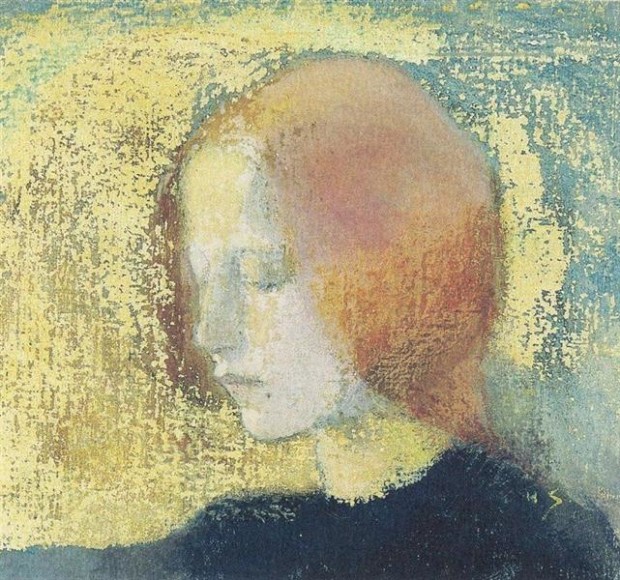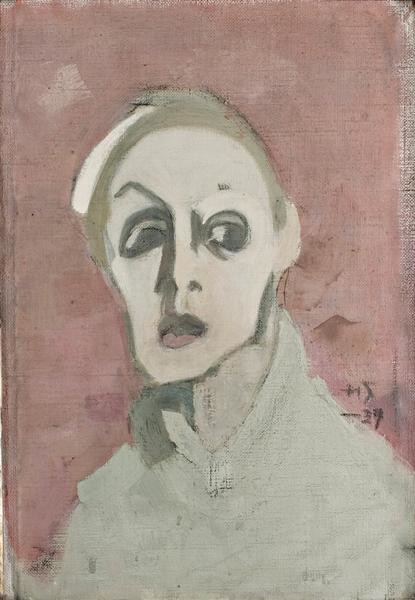Laura Knight in 5 Paintings: Capturing the Quotidian
An official war artist and the first woman to be made a dame of the British Empire, Laura Knight reached the top of her profession with her...
Natalia Iacobelli 2 January 2025
I want to share with you my latest discovery: Helena Sofia Schjerfbeck, an unknown gem of Finnish painting. She began her work during the fin-de-siecle and painted until the late 1940s. Her very idiosyncratic and personal style makes her difficult to categorize. Especially that it evolved throughout her life: some of her works are very Realist, others very Expressionistic. The Independent of London characterized her work as follows: “Imagine the life of Frida Kahlo yoked to the eye of Edvard Munch, and you’ll begin to get the measure of this oeuvre…”.

This is probably her most famous painting as it fetched £3,044,500 at a 2008 Sotheby’s London sale. It depicts Schjerfbeck’s cousin Esther, executed in a Realist style which shows the clear influence of Edouard Manet, Edgar Degas, Berthe Morisot, and Mary Cassatt. Esther had extremely long legs and for that reason the painting was nicknamed The Grasshopper.

This portrait of a young girl bears influence from Gustav Klimt and his focus on female portraiture and golden backgrounds. The subtle rendering of the girl’s face suggest the ephemeral atmosphere accentuated by her closed eyes. Is she praying, is she dreaming? We can only guess what this painting means.



Very soon, however, Scherfbeck’s painting evolved from a melancholic Symbolism and Realism with Impressionistic influences, to a very personal style, which carried the signs of Expressionism. This portrait is a late one, she died in 1946, but it brilliantly illustrates the radical change in Scherfbeck’s style. There is no room for dreaminess here, we have hard-cut lines of the distorted and simplified face whose unhealthy paleness is emphasized by the pink background.
DailyArt Magazine needs your support. Every contribution, however big or small, is very valuable for our future. Thanks to it, we will be able to sustain and grow the Magazine. Thank you for your help!